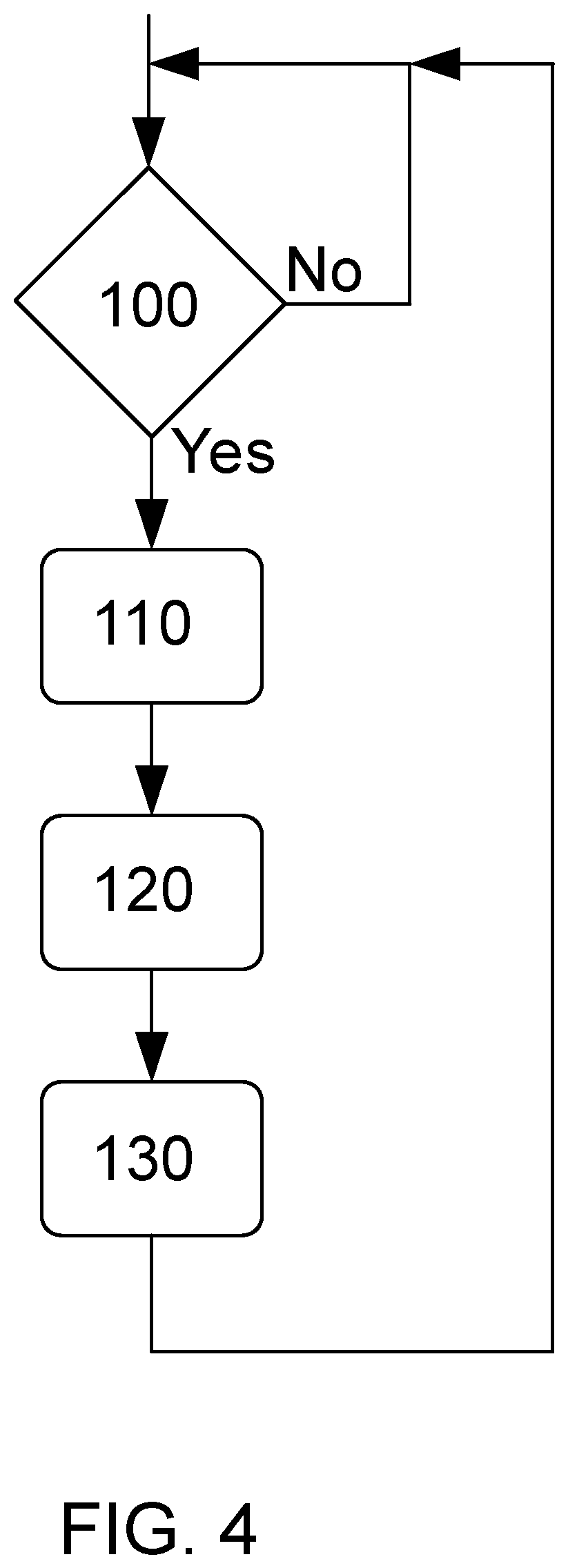Device and method for cleaning a sensor in an exhaust system
a sensor and exhaust system technology, applied in the field of exhaust system cleaning devices and methods, can solve the problems of sensor surface contamination, soot accumulation on the sensor surface,
- Summary
- Abstract
- Description
- Claims
- Application Information
AI Technical Summary
Benefits of technology
Problems solved by technology
Method used
Image
Examples
Embodiment Construction
[0020]The embodiments of the invention with further developments described in the following are to be regarded only as examples and are in no way to limit the scope of the protection provided by the patent claims. The used fluid may be a gas, a liquid, or a mixture of a gas and a liquid. In the described examples, air will be used as an example of a fluid.
[0021]FIG. 1 shows a first embodiment of an arrangement for cleaning an exhaust gas sensor of a vehicle comprising a combustion engine, FIG. 2 shows a second embodiment of an arrangement for cleaning an exhaust gas sensor of a vehicle comprising a combustion engine, and FIG. 3 shows vehicle comprising an arrangement for cleaning an exhaust gas sensor.
[0022]The vehicle 20 comprises a combustion engine 21, which may be a diesel engine, a gasoline engine or an engine using liquefied natural gas or compressed natural gas. The vehicle may be powered solely by the combustion engine, or may be a hybrid vehicle. The combustion engine compr...
PUM
| Property | Measurement | Unit |
|---|---|---|
| pressure | aaaaa | aaaaa |
| air pressure | aaaaa | aaaaa |
| air pressure | aaaaa | aaaaa |
Abstract
Description
Claims
Application Information
 Login to View More
Login to View More - R&D
- Intellectual Property
- Life Sciences
- Materials
- Tech Scout
- Unparalleled Data Quality
- Higher Quality Content
- 60% Fewer Hallucinations
Browse by: Latest US Patents, China's latest patents, Technical Efficacy Thesaurus, Application Domain, Technology Topic, Popular Technical Reports.
© 2025 PatSnap. All rights reserved.Legal|Privacy policy|Modern Slavery Act Transparency Statement|Sitemap|About US| Contact US: help@patsnap.com



